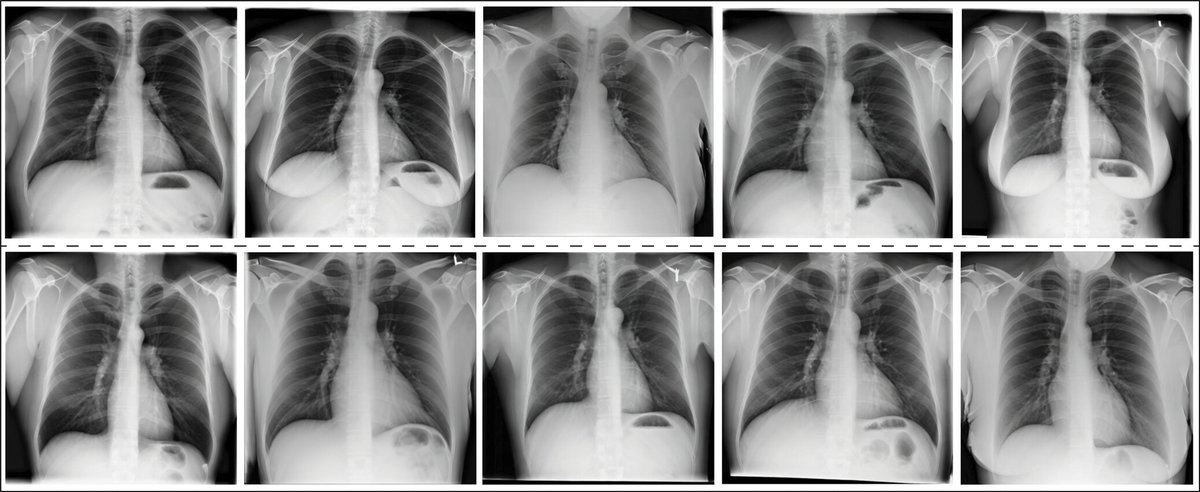
Radiology
@radiology_rsna
A monthly journal devoted to clinical radiology and allied sciences, owned and published by RSNA.
Follow @RSNA for organizational updates from RSNA.
ID: 31073292
http://radiology.rsna.org/ 14-04-2009 06:26:09
4,4K Tweet
58,58K Followers
359 Following



In this targeted editorial, Dr. Zagurovskaya from IU Radiology and Imaging Sciences comments on the use of machine learning on prediction of interstitial lung abnormality and summarizes the study by Hata et al. bit.ly/4cUGwFw



Dr. Rauch from MD Anderson Cancer Center comments on the biomarkers in the study by Ramtohul et al and future directions of research in personalized neoadjuvant chemotherapy for triple-negative breast cancer. bit.ly/3zdL2Ry

The parallel #HOPE4LIVER trials demonstrated the safety and technical success of the HistoSonics System for the destruction of liver tumors using histotripsy. UW Radiology Michigan Radiology Mishal Mendiratta-Lala Tim bit.ly/3XenaFv


Please welcome our 2024-25 Radiology Social Media Subcommittee members! Alex J. Solomon, MD Nikita Consul, MD AakankshaS,MD


In this editorial, Drs. @nnezami1 and Georgiades discuss the evolution of the diagnostic and therapeutic uses of US, especially for liver cancer. SIO Society of Interventional Radiology CIRSE Medstar Georgetown IR Johns Hopkins IR MedStar Georgetown bit.ly/3XF6c4J

This study defines expected US elastography measurement variability to guide clinical interpretation, enable diagnostic enrichment in clinical trials, and support FDA biomarker validation for NAFLD. UW Radiology Mass General Imaging Mass General Research Institute bit.ly/4d1UqG3




🚨 A new episode of the Radiology podcast is now available! 🚨 Linda Chu, MD discusses the evolving role of neuroimaging in Alzheimer's care with Drs. Esposito, Torres-Yaghi, and Wood. Sponsored by GE HealthCare bit.ly/4gsdIHB




Drs. Santiago and Joshua Shur discuss in this editorial the retrospective substudy by Shen and Gong et al in 224 participants with locally advanced rectal cancer from the expanded phase II trial and the COPEC trial. The Royal Marsden Imaging Department bit.ly/3B0iHio

Read about the benefits of synthetic data as well as the challenges in generating and applying synthetic data and how they might be overcome. Lennart Koetzier Domenico Mastrodicasa Adam Wojciech Koszek 🥁 Pranav Rajpurkar Matthew Lungren MD MPH Martin Willemink pubs.rsna.org/doi/10.1148/ra…


In this targeted editorial, Dr. Francis Deng, MD of Johns Hopkins Radiology comments on the study by Hayden et al and the current status of GPT-4 in its ability to interpret radiologic images as compared with text-based questions. bit.ly/3XnhB7G







